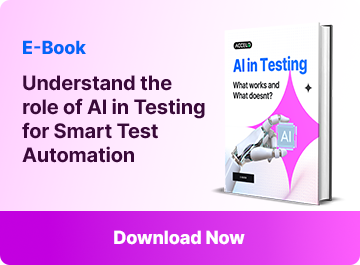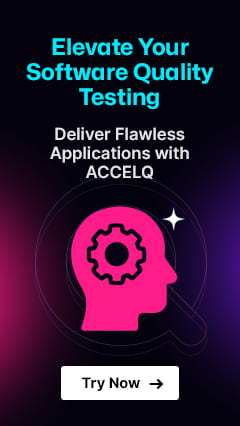AI-Powered Root Cause Analysis for Better Testing Outcomes

Root Cause Analysis (RCA) helps testing teams identify problems that lead to errors. This helps teams fix the root causes rather than individual errors. However, manual RCA is laborious and error-prone. AI and automation can help teams eliminate manual labor and human errors, thereby accelerating the entire root cause analysis in testing process. Let’s understand AI-driven automated RCA in detail.
Limitations of Manual RCA Processes
Manual RCA processes have several limitations, including:
- Takes a lot of time and effort from the testers.
- Human error and bias can affect the accuracy of root cause identification.
- Struggles to keep up with the modern software development environments.
These challenges highlight the need for a faster, more efficient, and scalable solution, which is what automated RCA offers.
What is Automated RCA Testing?
Automated RCA testing is a systematic process for simplifying and accelerating the detection of root causes of errors. It detects the factors that cause failures or nonconformances in real-time. When powered by AI, Automated root cause analysis in testing leverages algorithms to find root causes more accurately and faster.
AI Algorithms Used in RCA
AI-driven automated RCA analyzes fault data using machine learning algorithms such as classification, clustering, and anomaly detection.
- Classification algorithms classify defects according to their characteristics.
- Clustering algorithms group similar defects, revealing patterns and trends.
- Anomaly detection algorithms identify anomalies and unusual patterns that may indicate underlying problems.
- Natural Language Processing (NLP) algorithms that analyze textual data from error reports and logs.
- Regression algorithms to predict the occurrence and impact of failures based on historical data.
- Association rule learning to find interesting relationships between variables in erroneous information.
AI-Driven Automated RCA: How It Works
AI systems are trained on historical error data. The systems use this information to identify root causes. They analyze the context of the bug, including code changes, system logs, and test results, to identify correlations and causal relationships. By constantly learning from new data, AI improves the accuracy of root cause detection over time.
Process of Automated RCA from Detection to Resolution

Step 1: Detection
Automated testing tools detect defects during the testing phase and log them into a centralized system.
Step 2: Data Collection
The system collects relevant data, including code changes, system logs, and test results associated with the defect.
Step 3: Analysis
AI algorithms analyze the data to identify patterns, correlations, and potential root causes. This involves comparing the defect data with historical data to find similarities and anomalies.
Step 4: Identification
Using the analysis, the AI system determines the most probable root causes of the defect.
Step 5: Reporting
The outcomes are put into a thorough report identifying the fundamental causes and recommended remedies.
Step 6: Resolution
The team uses the report to identify the main causes, apply changes, and prevent similar errors from occurring again.
Benefits of AI-Driven Automated RCA
Automated RCA powered by AI offers several benefits, including:
1. Greater accuracy: Automated RCA powered by AI uses advanced machine learning algorithms to analyze massive amounts of data and ensure accurate root cause identification. This reduces human error and bias, leading to more accurate diagnoses and more reliable solutions.
2. Faster Resolution Times: AI-driven RCA saves time by automating data gathering, processing, and reporting operations. This allows development teams to rapidly apply updates and stay on track with project deadlines.
3. Cost Effectiveness: Root cause analysis in testing process automation reduces the need for extensive manual labor, resulting in lower operating costs. Organizations can allocate resources more efficiently on high-priority tasks.
4. Improved Scalability: It can handle massive data volumes and various errors simultaneously. As projects become more complicated and expansive, AI systems can handle rising workloads without requiring an increase in human personnel.
5. Continuous improvement and learning: AI systems continually learn from new information and prior experiences, increasing their precision and efficacy over time. This constant learning improves the RCA process, resulting in more accurate fault discovery, analysis, and resolution in future projects.
Challenges in AI-Driven Automated RCA
Automated RCA driven by AI provides several advantages, but it also poses some challenges.
| Challenges | Mitigation Strategies |
|---|---|
| Data Quality and Availability |
|
| Complexity of Integration |
|
| Model Accuracy and Reliability |
|
| Scalability Issues |
|
| Change Management |
|
Conclusion
AI-powered automated root cause analysis (RCA) is a game-changer in defect detection and resolution that achieves unrivaled speed and accuracy in delivering results. AI eliminates the pain points of manual RCA, optimizes Work, reduces costs, and improves the quality of software in the long term.
Use the power of ACCELQ’s AI-driven Autopilot RCA to boost root cause detection, improve test flows and ensure defect resolution in the flow. Test smarter. Secure your ACCELQ demo today!
Geosley Andrades
Director, Product Evangelist at ACCELQ
Geosley is a Test Automation Evangelist and Community builder at ACCELQ. Being passionate about continuous learning, Geosley helps ACCELQ with innovative solutions to transform test automation to be simpler, more reliable, and sustainable for the real world.
You Might Also Like:
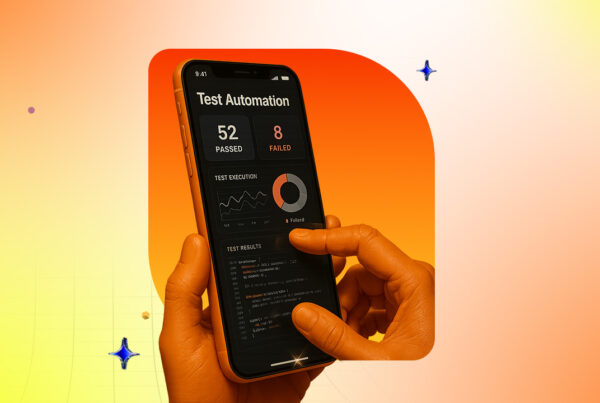 The Complete Guide To AI Mobile Testing
The Complete Guide To AI Mobile Testing
The Complete Guide To AI Mobile Testing
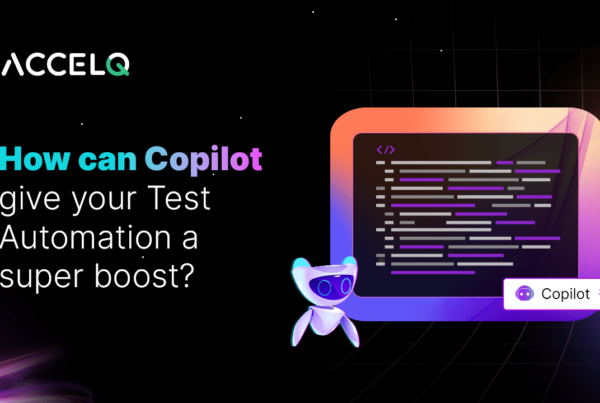 How Can Copilot Give Your Test Automation a Super Boost?
How Can Copilot Give Your Test Automation a Super Boost?
How Can Copilot Give Your Test Automation a Super Boost?
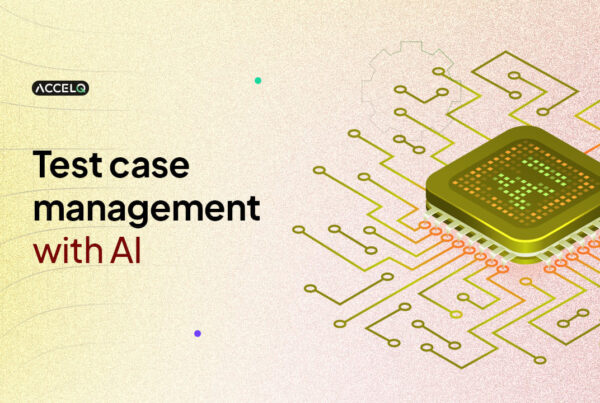 AI-Driven Test Case Management for Maximizing Benefits
AI-Driven Test Case Management for Maximizing Benefits
































